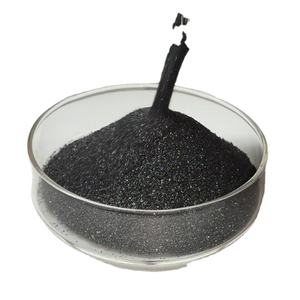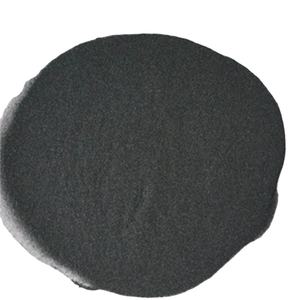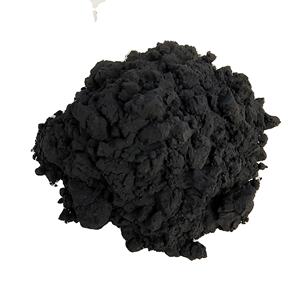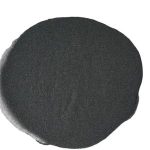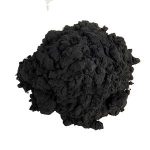Professional and high-quality metal alloys, ceramic products and concrete additives | RBOSCHCO
PRODUCT PARAMETERS
Description
Overview of Boron carbide
The chemical composition of boron carbide is represented by the formula B4C, and its characteristics include a low density, exceptional strength, and stability at high temperatures, as well as resistance to chemical corrosion. As a result, boron carbide has numerous applications in industries that require wear-resistant materials, ceramic reinforcement, and lightweight armor, among it a more accessible alternative to diamond and cubic boron nitride. Consequently used as a substitute for diamond in various contexts, including grinding, drilling, and other abrasive processes.
Our company offers boron carbide rod and sheet. The B4C powder we provide is highly pure, with a small particle size distribution and a high specific surface area. It is a synthetic ultra-rigid material with a hardness of 9.46 and a microhardness of 56-6200 Kg/mm2. The density of B4C powder is 252 g/cm3, and it has a melting point of 2,250 degrees Celsius.
Our company offers boron carbide rods and sheets. The B4C powder we provide is highly pure, with a small particle size distribution and a high specific surface area. It is a synthetic ultra-rigid material with a hardness of 9.46 and a microhardness of 56-6200 Kg/mm2. The density of B4C powder is 252 g/cm3, and it has a melting point of 2,250 degrees Celsius.
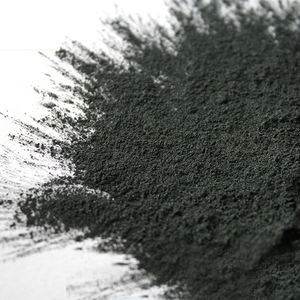
(Boron Carbide B4C Powder CAS 12069-32-8)
Features of B4C
B4C powder MF: B4C
B4C powder CAS No: 12069-32-8
B4C powder EINECS No: 235-111-5
B4C powder Appearance: Grey black powder
B4C powder Particle size: Can be customized according to your requirements.
Production Method of Boron carbide
Boron carbide is manufactured through a high-temperature reaction in an electric furnace, where boron oxide is combined with carbon and reduced to form a black powder. This powder is then compacted into a solid form through a high-pressure process at temperatures above 2,000°C (3,630°F). The resulting boron carbide has a remarkably high melting point of around 2,350°C (4,260°F).
Specification table of Boron carbide
|
Item |
Purity |
APS |
SSA |
Color |
Morphology |
Zeta Potential |
Bulk Density |
|
B4C powder |
>99% |
50nm |
42m2/g |
Black |
hexagonal |
-26mV |
0.1g /cm3 |
| Boron Carbide Properties | |
| Other Names | B4C, B4C powder, black diamond, boron carbide powder, boron-carbon refractory ceramic |
| CAS No. | 12069-32-8 |
| Compound Formula | B4C |
| Molecular Weight | 55.26 |
| Appearance | Gray to Black Powder |
| Melting Point | 2763 °C |
| Boiling Point | 3500 °C |
| Density | 2.52 g/cm3 |
| Solubility in H2O | Insoluble |
| Electrical Resistivity | 0 to 11 10x Ω-m |
| Poisson’s Ratio | 0.17-0.18 |
| Tensile Strength | 350 MPa (Ultimate) |
| Thermal Conductivity | 31 to 90 W/m-K |
| Thermal Expansion | 4.5 to 5.6 µm/m-K |
| Vickers Hardness | 26 Mpa |
| Young’s Modulus | 240 to 460 Gpa |
| Exact Mass | 56.037222 |
| Boron Carbide Health & Safety Information | |
| Signal Word | Warning |
| Hazard Statements | H332 |
| Hazard Codes | Xi |
| Risk Codes | 20 |
| Safety Statements | 22-39 |
| RTECS Number | N/A |
| Transport Information | N/A |
| WGK Germany | 3 |
Other size of Boron Carbide B4C powder: 500nm
Applications of Boron carbide:
- Armor and Protection: As a component in bulletproof vests, vehicle armor, and aircraft shielding due to its high hardness and density.
- Nuclear Industry: As a neutron absorber in nuclear reactors, controlling the rate of nuclear fission.
- Abrasive and Wear Materials: For grinding, polishing, and cutting tools, replacing diamond in some applications due to its cost-effectiveness.
- Ceramic and Composite Materials: Enhancing the strength and wear resistance of ceramics and composites.
In summary, boron carbide’s unique properties make it a versatile material with diverse applications across multiple industries.
Production Method of Boron carbide
- Direct Synthesis Method:
- Carbon sources (such as graphite and carbon black) and boron sources (such as boric acid and boron oxide) are mixed and heated to above 2000°C in an inert atmosphere to react and generate boron carbide.
- Advantages: Simple process, suitable for large-scale production.
- Disadvantages: Difficult to control product purity and particle size.
- Carbon Thermal Reduction Method:
- Boric acid or boron oxide is reduced with carbon or carbonaceous materials in an inert atmosphere at high temperatures, typically in an electric arc furnace or carbon tube furnace.
- Advantages: Widely used, cost-effective.
- Disadvantages: High energy consumption and need for crushing treatment due to agglomeration of the produced boron carbide.
- Self-propagating High-temperature Synthesis (SHS) Method:
- Utilizes the heat generated from the self-propagating combustion reaction of a reactive metal (usually Mg) to synthesize boron carbide.
- Advantages: Lower initial reaction temperature, energy-saving, rapid reaction.
- Disadvantages: By-product MgO is difficult to remove completely.
- Chemical Vapor Deposition (CVD) Method:
- Utilizes the interaction between the gas phase and the solid surface to deposit boron carbide films at high temperatures.
- Advantages: Capable of preparing high-purity, ultrafine boron carbide particles, suitable for high-end applications.
- Disadvantages: High equipment complexity and cost, relatively low production efficiency.
- Powder Metallurgy Method:
- Prepares boron carbide powder through chemical synthesis or mechanical crushing, presses it into shape, and sinters it at high temperatures.
- Advantages: Capable of producing high-density, high-strength boron carbide products with complex shapes.
- Disadvantages: High requirements for raw powder quality, complex process, and high equipment costs.
Storage Condition of Boron carbide
The damp reunion will affect boron carbide ceramics dispersion performance and use effects. Therefore, B4C powder should be stocked in vacuum packing and stored in a cool and dry place. It can not be exposed to air. Additionally, it should be avoided under stress.

Company Profile
RBOSCHCO is a trusted global chemical material supplier & manufacturer with over 12-year-experience in providing super high-quality chemicals and nanomaterials, including boride powder, nitride powder, graphite powder, sulfide powder, 3D printing powder, etc.
The company has a professional technical department and Quality Supervision Department, a well-equipped laboratory, and equipped with advanced testing equipment and after-sales customer service center.
If you are looking for high-quality Boron carbide, please feel free to contact us or click on the needed products to send an inquiry.

Storage Condition of Boron carbide
Boron carbide needs to be stored in a well-ventilated location far from any ignition sources. It is essential to store it in a securely sealed container to avoid contact with moisture and air, which could cause it to deteriorate. Furthermore, it should be stored separately from substances that do not mix well with it, such assuch as acids and oxidizing agents, to prevent any unwanted chemical interactions. Proper labeling and signage should also be used to indicate the hazards associated with boron carbide.
Payment Methods of Boron carbide
L/C, T/T, Western Union, Paypal, Credit Card etc.
Packing & Shipping of Boron carbide
We have many different kinds of packing which depend on the boron carbide B4C powder quantity.
Boron carbide B4C powder packing:vacuum packing, 100g, 500g or 1kg/bag, 25kg/barrel, or as your request.
Boron carbide B4C powder could be shipped out by sea, by air, by express, as soon as possible once payment receipt.
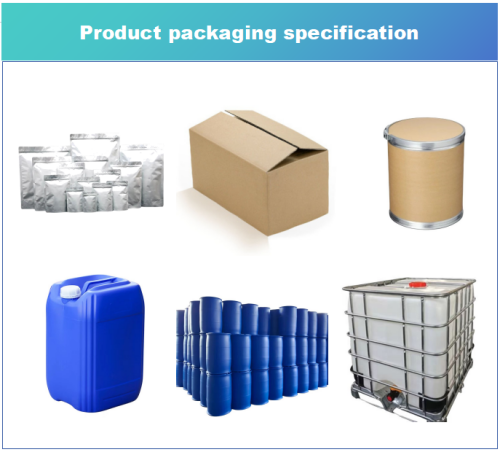
5 FAQs of Silicon Boride
- What is Silicon Boride?
- Silicon Boride is an inorganic compound with the formula SiB4.
- What is its melting point?
- The melting point of Silicon Boride is 1870°C.
- Is Silicon Boride soluble in water?
- Silicon Boride is insoluble in water.
- How should Silicon Boride be stored?
- Store in a cool, dry place, away from ignition sources and incompatible materials.
- Is Silicon Boride hazardous?
- Silicon Boride may be irritating; follow safety instructions and proper handling procedures.
REQUEST A QUOTE
RELATED PRODUCTS

Factory Supply High Purity 99% Zirconium Carbide Powder ZrC CAS 12070-14-3
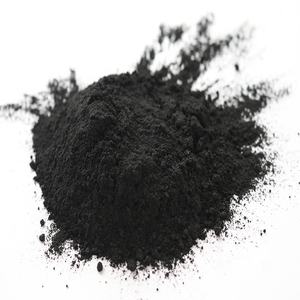
Silicon Carbide Nanopowder Silicon Carbide Micron Powder
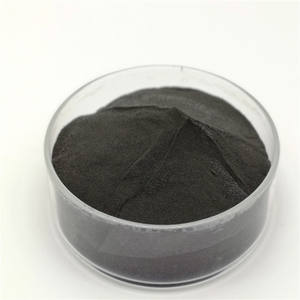
High Purity Boron Carbided Nano Powder B4c Powder Boron

china manufactured wear Resistant Chrome Carbide Chromium Carbide Steel Plate

CAS 12070-06-3 High Purity 99.5% TaC Powder for Ceramics Price Tantalum Carbide
